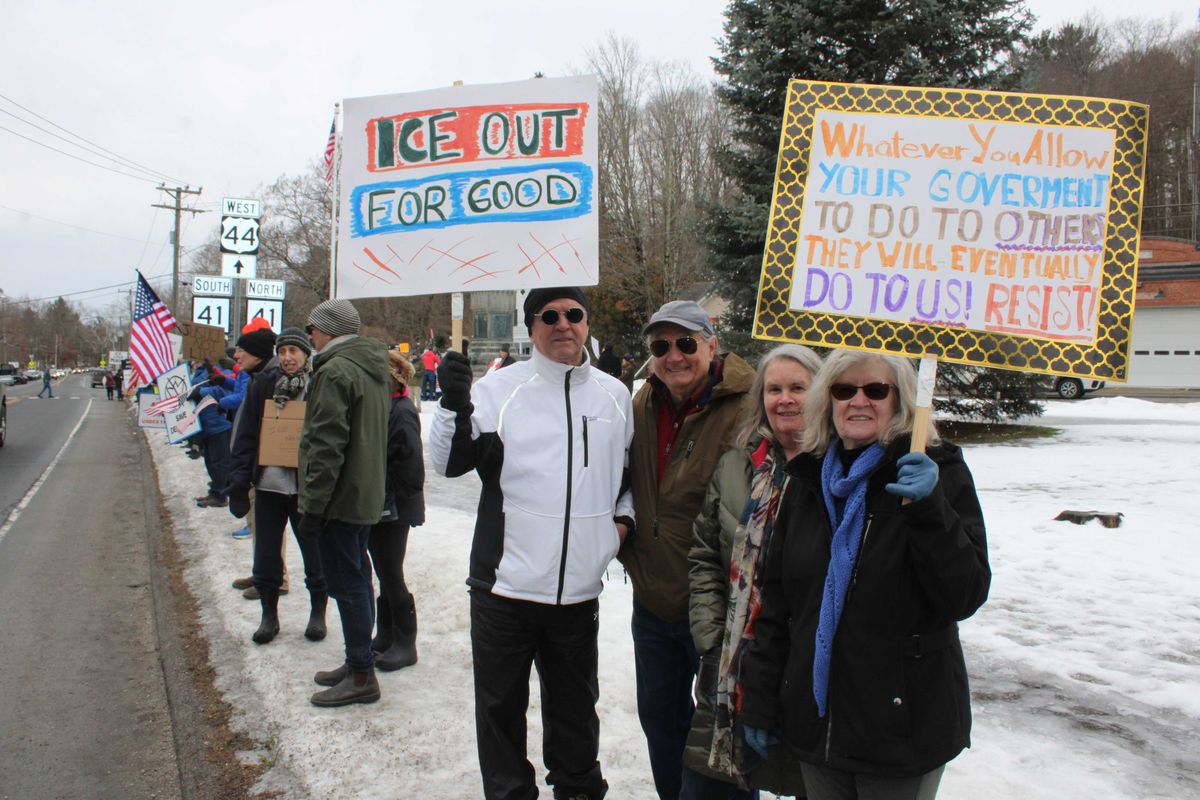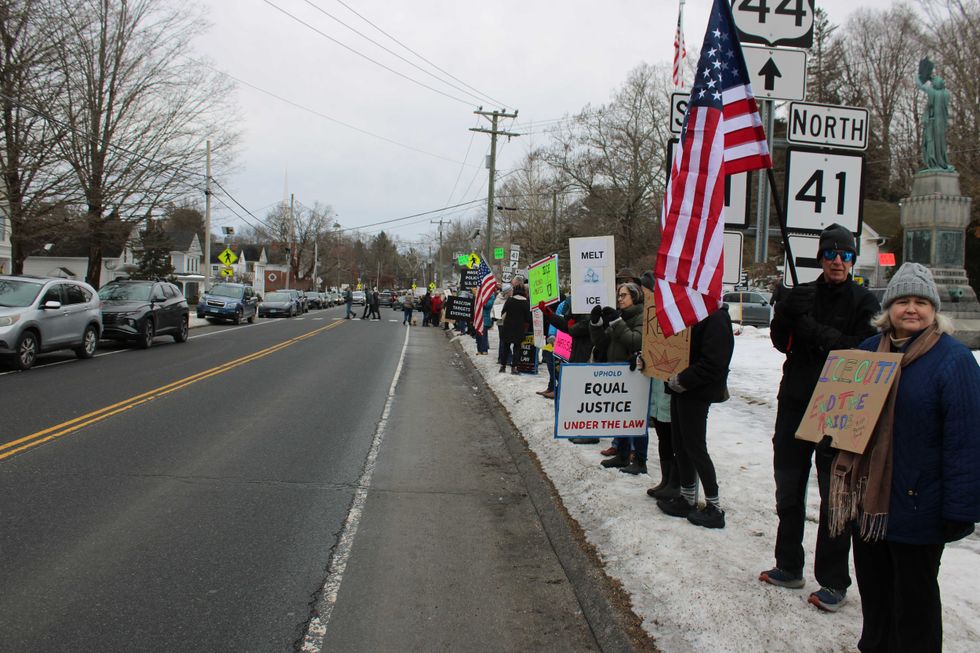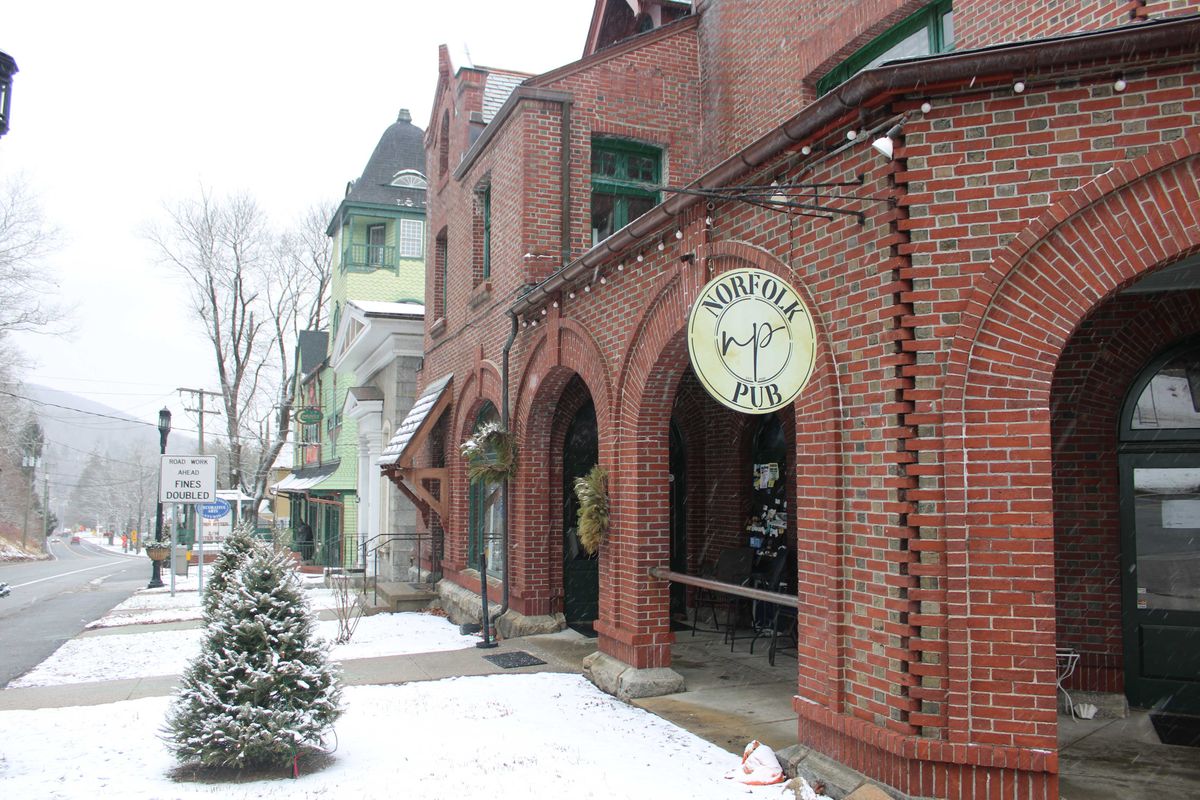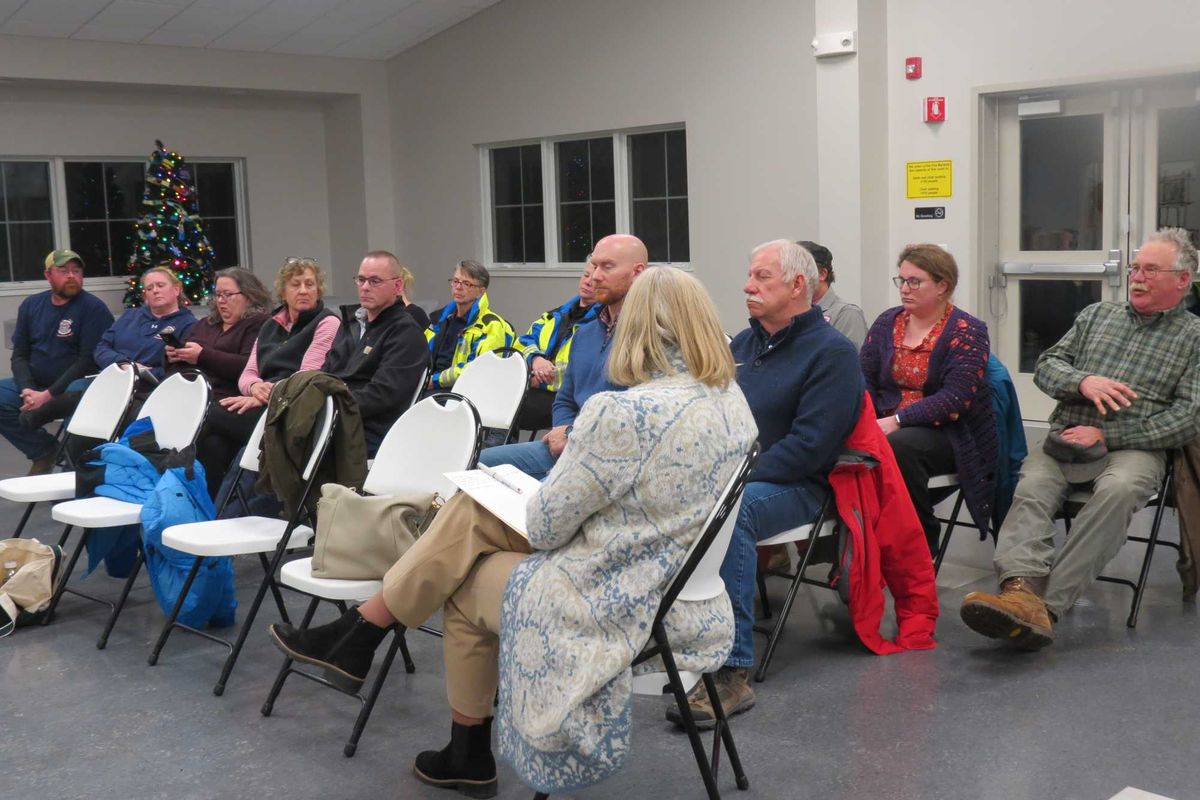A grief support group is an incredible support for people. Just having the space to be just as you are, without having to cheer anyone up or put on good face so you won’t upset anyone, is such a relief. People are in such a similar space in their lives and that makes an enormous difference.
The following are a handful of dozens of inspiring stories of people who moved through deep loss and found their way out. This has not happened quickly; sometimes it has been a year or more before the possibility of happiness seemed real. But some have said after a few months that they woke up feeling happy and then felt guilty about that.
Grieving is such a roller coaster, but there are increased heights as time goes by. The anguish becomes deep sadness which becomes occasional sadness and tears at unexpected moments.
Jack was in total despair after his wife, Dina, died. He did not want to live and he said so in a flood of tears many times. “I just want to die. There is no point, no point to anything.” He came back to the group for many months and the group listened and gave him the room to be in deep grief and be seen and allowed to be where he was. Simply by being present — not interrupting, not counseling, and not going over to give him a hug. The support enabled him to be just where he was, despair and all, and to work through it gradually. He even started making family visits again that he and his wife had always done together. He began to see that he could survive without her, which was a revelation that transformed him.
Alicia lost her only child, a son, to a rare cancer, and was totally overwhelmed. She was practically paralyzed for months but she kept showing up, week after week, to be with the compassionate faces in our group. After about eight months, she began to talk about her feelings and share who her son was for her. Then she became silent again for a few weeks. Then she spoke again. This pattern continued until after about 13 months Alicia started making things to sell at craft shows. She would send the proceeds to a cancer prevention organization. Alicia made dozens of bags, eyeglass cases, simple fleece quilts, potholders, business card holders and more. It was her way to take her grief and create beauty and then contribute to ending the disease that took her son. Alicia stopped coming to the group finally because she wanted to attend a sewing group at the same time.
Albert’s mother died and he came to the group for almost three years.
His struggle was discovering how to invent a new life without his best friend and confidante. This retired son and his mother took trips together, went to programs and museums and discussed everything with vigor. Al worked hard to reach out and try to make new friends. The group was supportive and encouraged him to meet new people when attending events. Slowly, he began to do that. One of the final times he attended the group, he had developed enough self-awareness to say, “You know, I am in a rut. Yes, I get out, go to lectures, take online courses at various places, but it’s all the same. I need to risk more.” The group smiled. This was the turning point for Albert and his life started to move forward.
After Frances’s husband died, she was at terrible loose ends. There was a big house to deal with, endless loneliness, and the anxiety of living alone in rural area. Frances did not say much but she listened intently to everyone every week. She began to find her voice and share small victories, which the group applauded. She gained more confidence, sold her house, moved to a town where she used to live and had many friends. She wrote me that the group was invaluable and she knew when she was ready to move on. And she did.
The Rev. Dr. Eileen L. Epperson has lived in Salisbury for 20 years. She is a Life Coach specializing in grief support, forgiveness, communication coaching, and facilitating grief support groups. Reach her at elethegriefjourney@gmail.com.

 Demonstrators line Route 44 along the Memorial Green in Salisbury on the morning of Jan. 10 to protest the federal Immigration and Customs Enforcement agency.By Alec Linden
Demonstrators line Route 44 along the Memorial Green in Salisbury on the morning of Jan. 10 to protest the federal Immigration and Customs Enforcement agency.By Alec Linden
 A notice posted on the door of the Norfolk Pub informs patrons that the establishment will accept cash only as it prepares to close at the end of the month. By Alec Linden
A notice posted on the door of the Norfolk Pub informs patrons that the establishment will accept cash only as it prepares to close at the end of the month. By Alec Linden 
 Belinde and Erick Garcia, of New Milford, are the parents of twins Gabriella and Isabella, who were the second and third babies born in Sharon Hospital in 2026. Their older siblings, Matthew, 6, and Melanie, 3, are pictured. Photo provided
Belinde and Erick Garcia, of New Milford, are the parents of twins Gabriella and Isabella, who were the second and third babies born in Sharon Hospital in 2026. Their older siblings, Matthew, 6, and Melanie, 3, are pictured. Photo provided 
 Nuvance/Northwell employees host a Jan. 5 meeting on emergency service providers. From left: Matt Cassavechia, Sharon Hospital director of emergency services; Christina McCulloch, Sharon Hospital president and CEO; Thomas Horkan, Sharon Hospital EMS coordinator; and Dr. Ron Santos, Sharon Hospital emergency room director.By Ruth Epstein
Nuvance/Northwell employees host a Jan. 5 meeting on emergency service providers. From left: Matt Cassavechia, Sharon Hospital director of emergency services; Christina McCulloch, Sharon Hospital president and CEO; Thomas Horkan, Sharon Hospital EMS coordinator; and Dr. Ron Santos, Sharon Hospital emergency room director.By Ruth Epstein 





Tales of healing and hope
The Journey of Grief